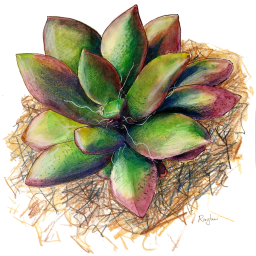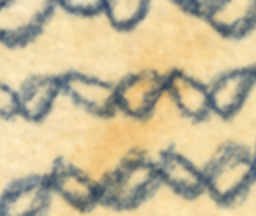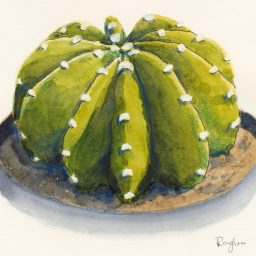Insulin is an abomination: Recent bad news about food
Insulin is an abomination. Sure, injecting it saves the lives of millions of diabetics, but that injected protein is unnatural and abhorrent, the product of a genetically modified organism! And it’s not even necessary: Rather than playing God to coax single-celled creatures never designed for insulin production to make the stuff, we could be harvesting … Continue reading Insulin is an abomination: Recent bad news about food










